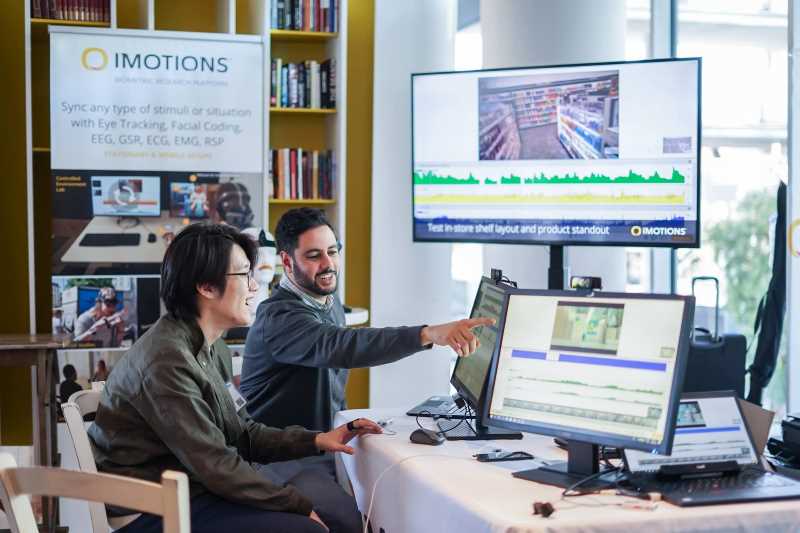Abstract: Mitigating human errors is a priority in the design of complex systems, especially through the use of body area networks. This paper describes early developments of a dynamic data driven platform to predict operator error and trigger appropriate intervention before the error happens. Using a two-stage process, data was collected using several sensors (e.g., electroencephalography, pupil dilation measures, and skin conductance) during an established protocol – the Stroop test. The experimental design began with a relaxation period, 40 questions (congruent, then incongruent) without a timer, a rest period followed by another two rounds of questions, but under increased time pressure. Measures such as workload and engagement showed responses consistent with what is expected for Stroop tests. Dynamic system analysis methods were then used to analyze the raw data using principal components analysis and the least squares complex exponential method. The results show that the algorithms have the potential to capture mental states in a mathematical fashion, thus enabling the possibility of prediction.
Keywords
- Bio-sensors
- Dynamic data-driven application systems (DDDAS)
- Least squares complex exponential (LSCE)
- Error detection







